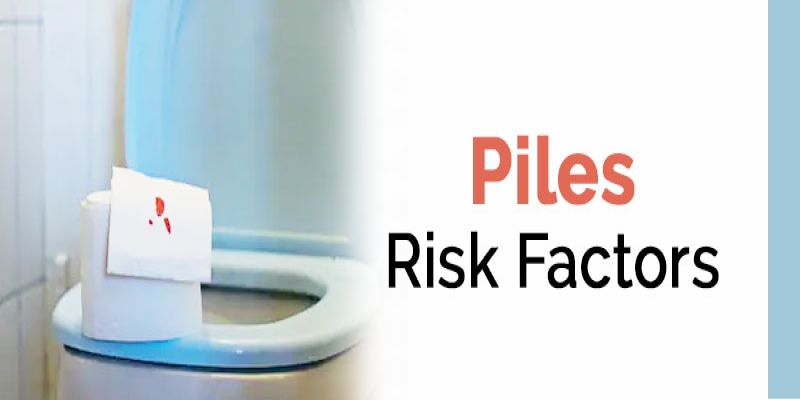Piles : Types, Medical Causes, Risk Factors and Treatments
2019-03-06 / RG STONE HOSPITAL / Piles

Before plunging deep into the topic, it is important to understand the meaning of piles. Haemorrhoids are blood filled cushioned structures in the anal canal which help in the passage of stool.
Piles is a swollen or inflamed hemorrhoid which can occur inside or around the anus. family inheritance is also seen. Women are more susceptible to piles in pregnancy as the pressure from the growing uterus restricts the blood flow in the pelvis. Lifestyle factors also have a contributory effect.
Piles can be broadly classified into two types:
- Internal Piles: These are present within the rectum and are not visible to the naked eye. Neither can the person feel its presence. The only symptom of such piles is bleeding. In some cases due to stretch and pressure during the bowel movement, it can come out of the anus and then return to the original position inside the rectum.
- External Piles: These are present in the outer part of the anus and can be painful too. These may bleed as well. The treatment of such piles become necessary,and the doctor may even suggest the patient undergo surgery to get rid of the problem.
Internal piles are further classified into grades:
- Grade I – Piles do not protrusion from anus.
- Grade II – Protrusion through the anus during straining and defecation, but return spontaneously.
- Grade III - Protrude through the anus with defecation or straining, but manually reduced.
- Grade IV – Protrude and cannot be manually reduced.
How do Piles occur?
Other factors responsible for the piles are genetics, constipation, pregnancy, vomiting, sneezing, sitting or standing for long periods of time, and holding the breath to do strenuous work.
What are the lifestyle risk factors which can aggravate the problem?
Dietary alterations can be effective in curbing such issues. Foods like fast food, cheese, chips, icecream, processed foods, frozen food should be consumed in limitation only.
What are the medical causes of piles?
- Anal injury
- Ascites is a liver disease which is caused due to the increase of fluid in the abdominal cavity.
- Inflammatory Bowel Diseases or IBD also leads to the problem. The identified example of such diseases is Crohn’s disease and ulcerative colitis.
- Obesity
What are the complications or risks due to piles?
- It can lead to anemia
- Painful bowel movements
- Pain in the anal area after the bowel movement
- Infection may develop as the painful anal area can lead to poor hygiene
- Is blood supply to an internal hemorrhoid is absent then it can cause gangrene
What are the treatments for piles?
- Surgery is often recommended by the doctor for the inflamed piles in the external anal area. The laser is used for the removal of piles by burning the tissue causing piles. Sclerotherapy is one for the removal of varicose veins which is also one of the causes of piles.
- Internal piles are treatable with the medicines and alterations in lifestyle habits. Diet with fiber is recommended by the doctor. An active lifestyle should become a part of life.
Conclusions :
Categories
Hernia Repair
Appendicitis
Piles
Urological Treatment
Hernia treatment
Enlarged Prostate (BPH)
Gall Bladder Stone
Urinary / Kidney Stone
Vitamins
Indian Health Care System
Exercise
Obesity
Female Urinary Incontinence
Single Incision Laparoscopic Surgery (SILS)
Kidney Cancer
Bladder Cancer
Ovarian cancer
Nephrology
Bariatric Surgery
Kidney Function Test
Female Urology
Radiation Therapy
Alcoholic Fatty Liver
Liver disease
Gastroenterology
Kidney Disease

